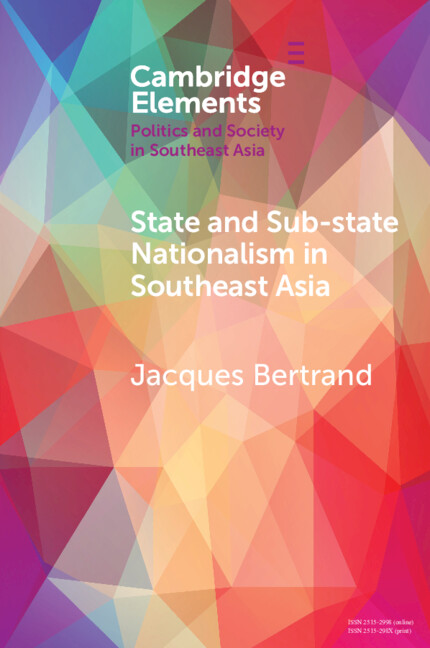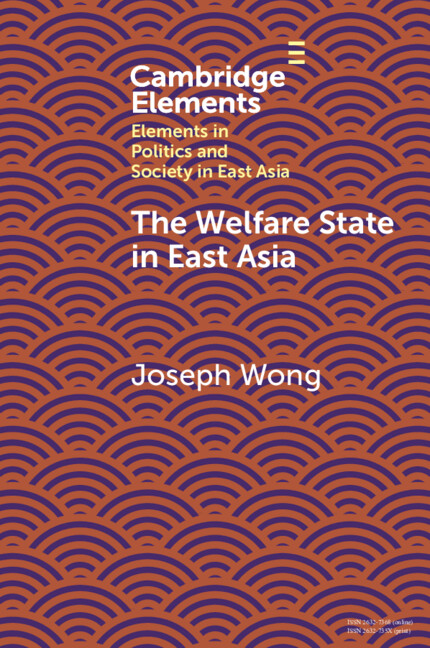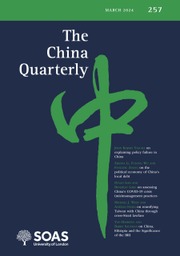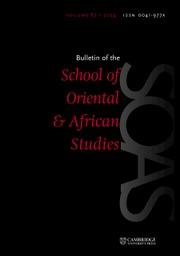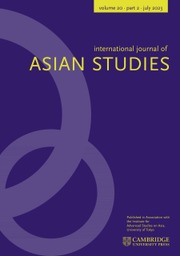State and Sub-State Nationalism in Southeast Asia
Nationalism is a political phenomenon with deep roots in Southeast Asia. Yet, state attempts to create homogenous nations met with resistance. This Element focuses on understanding the rise and subsequent ebbing of sub-state nationalist mobilization in response to state nationalism. Two factors allowed sub-state nationalist movements to be formed and persist: first, state nationalisms that were insufficiently inclusive; second, the state's use of authoritarian tools to implement its nationalist agenda. But Southeast Asian states were able to reduce sub-state nationalist mobilization when they changed their policies to meet two conditions: i) some degree of explicit recognition of the distinctiveness of groups; ii) institutional flexibility toward regional/local territorial units to accommodate a high degree of group self-governance. The Element focuses on four states in the region – namely Indonesia, the Philippines, Thailand, and Myanmar.
Product details
January 2025Paperback
9781009583039
78 pages
230 × 151 × 5 mm
0.124kg
Available
Table of Contents
- 1. Nationalism: definition and scope
- 2. State nationalism and sub-state nationalist mobilization
- 3. The Philippines
- 4. Myanmar
- 5. Thailand
- Conclusion
- References.

